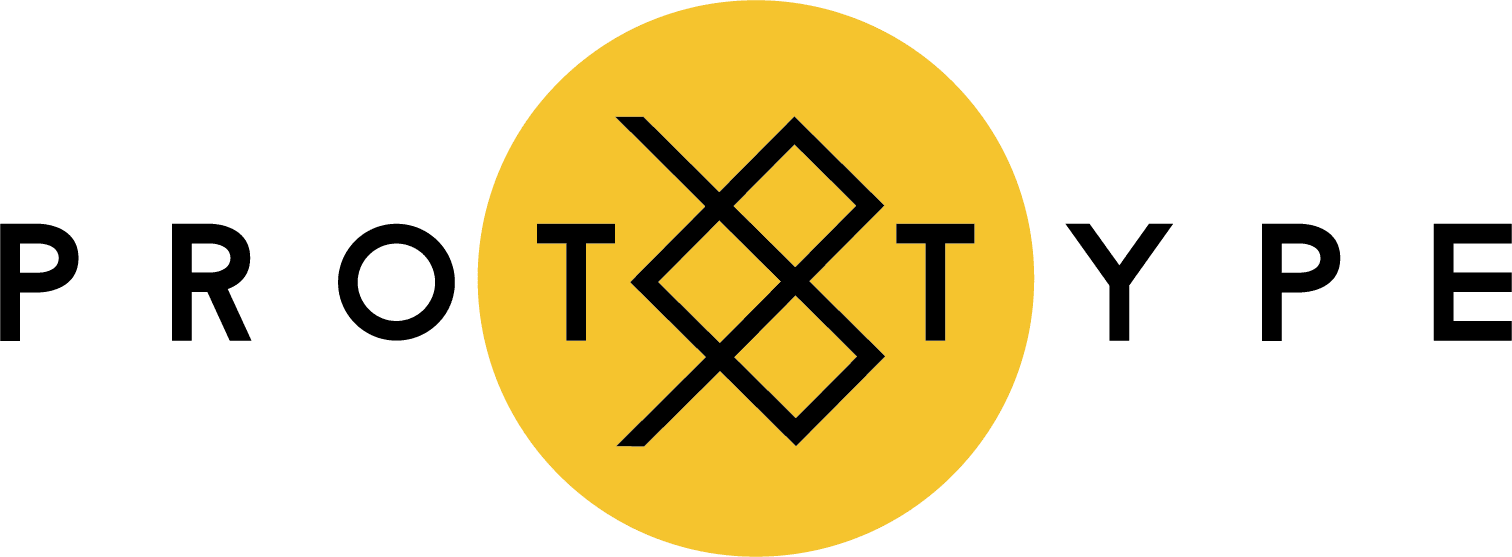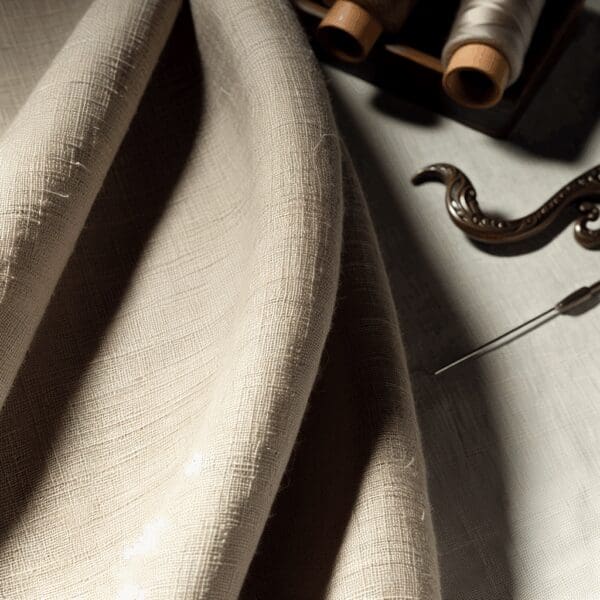Custom Fabric Dyeing 101
When developing a fashion line, one of the first and most persistent issues you’re going to run into is with custom dyed fabrics. Color trends move quickly. More quickly than the big textile manufacturers can react, so this means that when you’re sourcing fabrics for your designs, there’s a good chance that you’re going to struggle to find exactly the colors you’re looking for. Understanding the fabric dyeing process is going to help you be more successful with your custom fabric colors.
Ironically, here in Asia, it can be even harder to source pre-dyed and printed fabrics than it is in the western world. Why? Simply because the supply of fabric that you’re seeing at a fabric store in Los Angeles, for example, has likely been ordered specifically for distribution by that retailer and suppliers in Asia wouldn’t have access to it. To order your own custom dyed fabrics from the manufacturer generally requires minimums that you may not be able to meet if you’re a smaller fashion label or a startup. Once you overcome the size limitation, then all the options are open to you.
Hand Dyed Fabric Process
For that reason, the hand dye process exists. Hand dyeing fabric is more art than science. It requires some flexibility and patience on the part of the fashion designer, but it solves the need for small batch custom color. The way it works is pretty darn simple:
The fabric dye is hand mixed to match the sample reference color. The water is quite hot, so you’ll need to keep this in mind if you’re using sensitive fabrics. You’ll also need to keep in mind that the fabric dyes themselves are somewhat caustic. This means that your fabric could, potentially, be damaged through the fabric dyeing process and you won’t have any recourse but to learn the lesson and try again.
Pantone & Color Matching
Nearly all of our clients use the Pantone color system to select their desired colors for their fashion line. It makes sense and it’s an easy choice for most designers since Pantone guides are relatively common in the western world. Pantone is pretty much the de-facto standard for color matching in most of the world. However, for fabric dye, it’s not easily applicable.
Firstly, hardly anyone here in Indonesia has access to a Pantone guide. They’re very expensive and not really terribly useful for the relatively primitive process of dyeing fabric for garments. Pantone DOES have a textiles guide, but take a look at THOSE prices and you’ll understand why someone earning only $15 a day is not likely to have access to one. They’d sooner drive to work in a Maserati!
Secondly, the dyes that are being used do not typically have a relationship with the Pantone powers that be. Meaning that they don’t have recipe guides for mixing fabric dyes using the Pantone system. That would be nice, but it’s just not the reality. So, what do the dye houses do? This is where the art comes into it: they just eyeball it. The fabric dyeing process is far more art than science.
The Risks of Color Matching
Considering the fact they they are literally just mixing it 100% according to their own visual inspection with NO scientific help at all, they do a pretty good job of it actually. However, this means that the client has no real control or recourse should the color matching of the dye prove to be disappointing. We understand that this can be frustrating. We’ve been through it a thousand times with our own clients. But it’s the reality that we’re dealing with and no amount of complaining is going to achieve better or more accurate results. Custom dyed fabrics are just simply a risk that we have to manage as best we can.
Our Recommendations for Custom Dyeing Fabrics
To help alleviate the stress of color matching when dyeing fabrics, we have a few recommendations:
- Dye as much fabric as you can at once. You’ll never be able to achieve the same exact color twice, so don’t be shy! Dye as much fabric as you think you might need to use in your collection.
- Keep your color way simple. Don’t introduce too many colors into your collection to start with. Small MOQ should equal a small colorway.
- Use vibrant or simple colors if matching is important. A bright or dark color dye is much easier to match than a subtle color, like a special shade of grey or cream.
And Most of All…
Be realistic in your expectations. Understand that many of the tools, tricks & techniques of the garment industry may not be available to you at a smaller scale. That doesn’t mean that you should be discouraged, but it does mean that you will need to be a bit more patient and flexible during your early stages. Everyone deals with the same challenges; it’s how you respond to these challenges that can make or break your business.
Best of luck to you! Please contact us if you have any questions.
*BTW, all of this info is relating specifically to the fabric dyeing process using chemical dyes. We’ll be posting an article soon about eco friendly and non-chemical dyes. Keep an eye out!


